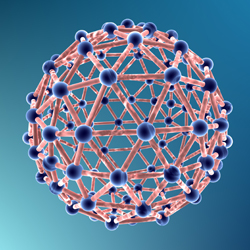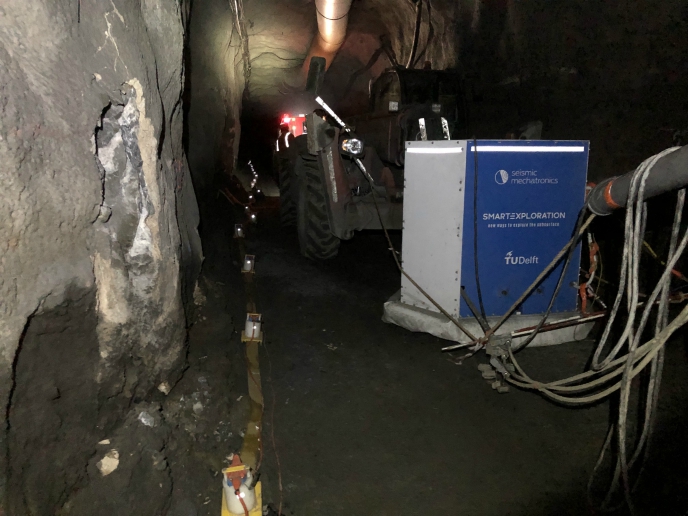New nanotoxicity database
Nanoparticles are minute particles in sizes a millionth of a millimetre. They behave differently to their bulk counterparts. Due to their tiny size, they can enter and damage lungs and also travel to other organs such as the heart or the brain. The rise of potential health hazards has given rise to a new discipline — nanotoxicity — the study of toxicity as a result of nanomaterials. Work undertaken by the project 'Nano health-environment commented database' (NHECD) has culminated in a completely open-access database that incorporates a mechanism for updating the knowledge repository. A major factor taken into account by NHECD was that the users come from many different groups including the press, research institutions and governmental bodies. Not only does the NHECD database hold unstructured data like scientific papers, it also allows for automatic updating. The database can thus hold a dynamic developing collection of published data on environmental and health effects after exposure to nanoparticles. Specially designed algorithms from the NHECD system enable coherent structuring and extraction of information from metadata like author names and relevant texts. Relevant texts are thus extracted from pertinent scientific papers. To support the broad categorisation of papers and the information extraction process, NHECD researchers developed a wide set of domains within the taxonomy. Some 10 000 open source articles have been gathered so far, all in English. An indexing system and ratings for articles mean that the system can be used to search and retrieve using complex queries and a full text search. Basic, advanced, intelligent and taxonomic searches are available. Possessing a crawling system that automatically retrieves all relevant references, little irrelevant 'noise' is encountered and the efficiency of this process is 80 %. The potential impact of the NHECD system is huge. The database contains white papers and can support the non-scientific community in developing legislation on health and safety aspects of nanomaterials. Part of the European Commission's action plan for nanotechnology is the development of a regulatory framework. NHECD work promises to support the responsible development and use of nanoparticles together with relevant regulatory measures and legislation.







